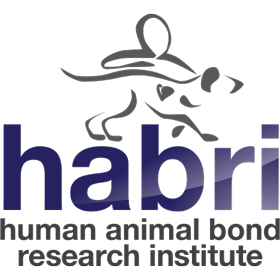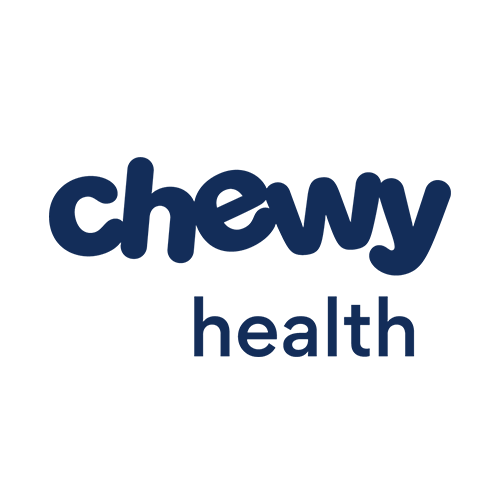Principal Investigator
Full Text
Objective
To determine the stress levels of therapy dogs during regular AAI sessions with pediatric oncology patients and their families.
Results
Nearly 450 AAI sessions occurred across the intervention group participants. These approximately weekly visits with a registered therapy dog-handler team lasted, on average, ~25 minutes each. The most common activities during these sessions included petting the dog, talking to the dog, viewing the dog’s photos, brushing the dog, practicing the dog’s cues, and discussing canine breeds and therapy dogs.
Nearly 600 canine saliva samples were collected and analyzed over the course of the study. These canine saliva samples allowed us to obtain a physiological measure of the dog’s stress levels at baseline and post-AAI sessions. Additionally, the researchers coded more than 400 videos of the AAI sessions for dog behaviors. Both canine saliva samples and the coded behaviors indicated that there was not an increase in stress responses over the course of the study for participating therapy dogs.
There were no significant differences in salivary cortisol levels between baseline (M=0.51, SD=0.86) and AAI sessions (M=0.44, SD=0.82), p=.757. There was a significant relationship between stress and affiliative session behaviors (p<.0001), indicating that dogs who exhibited more stress behaviors also exhibited more affiliative behaviors. The dog’s most commonly coded session behaviors were lip licking, other oral behaviors, and tail wagging. The C-BARQ subscale of stranger-directed fear was significantly associated with ethogram data, with higher levels of stranger-directed fear leading to 2.12 fewer affiliative behaviors per session (p=0.042).
As the results detailed above suggest, canines did not have significantly increased physiological or behavioral stress responses while participating in AAIs in pediatric oncology settings. Therefore, strengthening the mutually beneficial, ethical, and sound potential of AAI applications for those with serious illness and their families.




